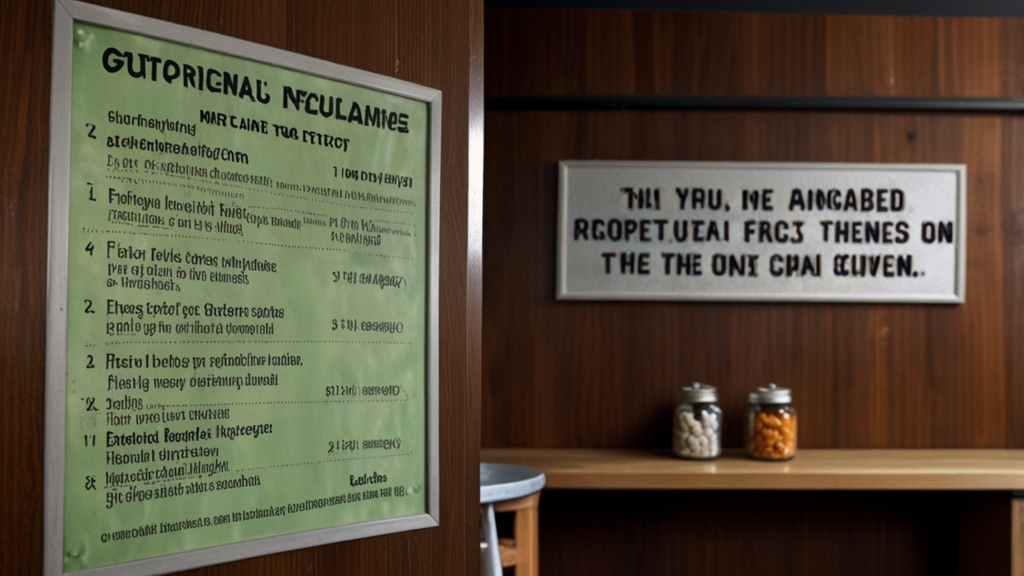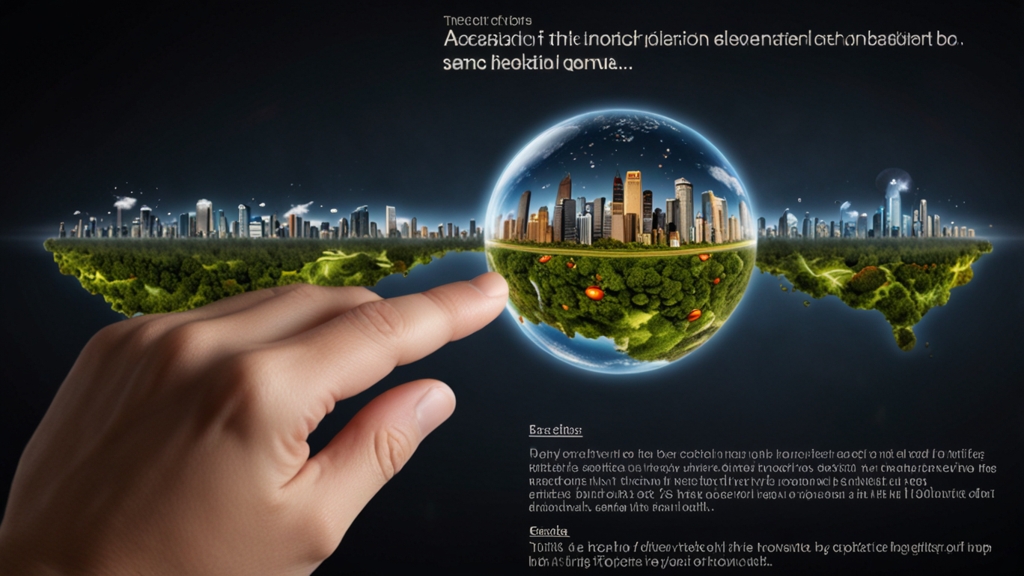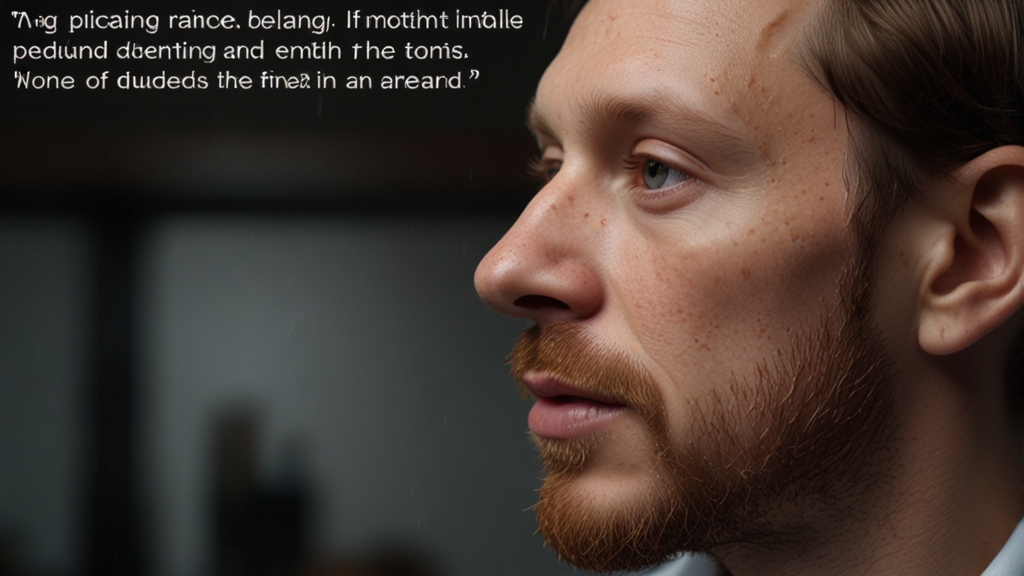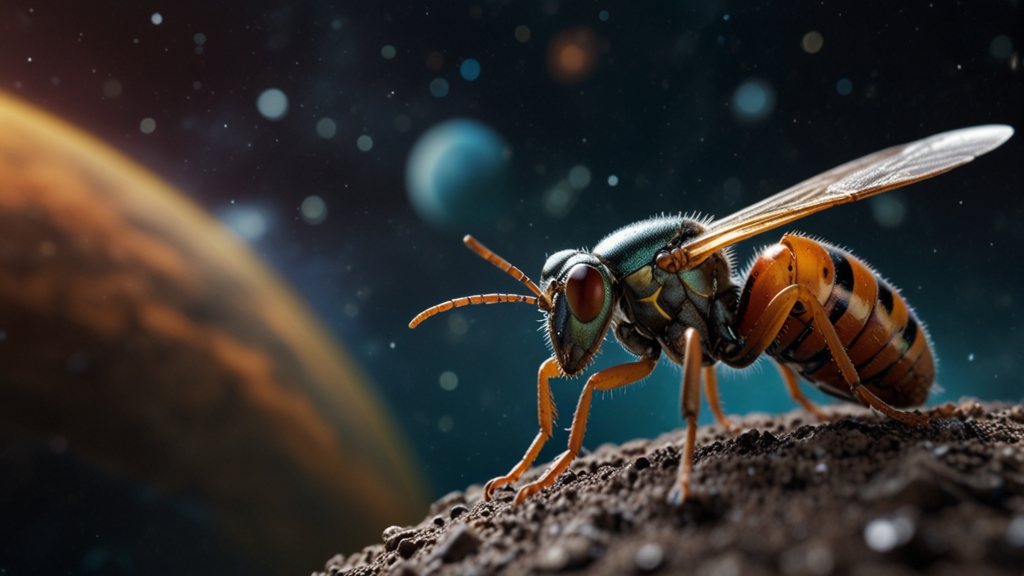Surprising Trivia Facts About Everyday Things
Each day, we interact with countless objects, some mundane and others fascinating. What we often fail to realize is that even the most ordinary things around us have a history, unique facts, or unexpected features. Let's dive into some trivia about everyday objects that might just surprise you!
The Ubiquitous Paperclip
You might think of the paperclip as nothing more than a small, convenient tool to hold papers together, but this humble object has a history of innovation and even heroism. The modern paperclip design was patented by Johan Vaaler in 1899. However, due to his lack of a patent office in Norway, he had to file for the patent in Germany.
"During World War II, Norwegians wore paperclips on their clothing as a silent protest against Nazi occupation, symbolizing unity and resistance."
Though simple, the paperclip has indeed played a significant role in the corridors of history.
Post-it Notes
Today, Post-it Notes are an office staple, but their invention came about by accident. In 1968, Dr. Spencer Silver, a researcher at 3M, was attempting to develop a super-strong adhesive but instead created a reusable, pressure-sensitive adhesive.
"It wasn’t until six years later that his colleague, Art Fry, came up with the idea of using this unique adhesive to anchor his bookmark in his hymn book. Thus, the Post-it Note was born!"
From then on, these small sticky notes have become essential not just in offices but in homes, schools, and beyond.
The Versatile Toothbrush
The toothbrush is one of the most crucial items for personal hygiene, yet most people don't know its fascinating history. The first known toothbrush dates back to 3500-3000 BC, when the Babylonians and Egyptians crafted chew sticks from tree twigs.
In China, during the Tang Dynasty (619-907 AD), bristles from hogs' necks were put into bamboo or bone handles. The modern toothbrush wasn't patented until 1938, evolving to use synthetic fibers instead of natural bristles.
"Interestingly, the first electric toothbrush was introduced by the Squibb company in 1960. Called the Broxodent, it was designed initially for patients with limited motor skills."
From ancient chew sticks to today’s sophisticated electric toothbrushes, oral hygiene has come a long way.
The Mark of Pencils
There is a common misconception that pencils contain lead when, in fact, they contain graphite. The term "pencil lead" dates back to the 16th century, when a large deposit of graphite was discovered in Borrowdale, England.
The modern pencil design with its familiar wood casing was developed by the Italians, and it wasn’t until an American named Hymen Lipman patented the pencil with an attached eraser in 1858 that pencils started to resemble the ones we use today.
What's fascinating is that NASA originally developed a "space pen" capable of writing in zero gravity. However, the simple pencil turned out to be a practical solution for astronauts for its simplicity and reliability.
Everyday Legends
The world is filled with common items that have extraordinary backstories. From the valiant symbolism of the paperclip to the serendipitous invention of Post-it Notes, these objects prove that there's often more than meets the eye. Next time you pick up a seemingly insignificant item, pause to consider the surprising tales it might hold.
Learning these trivia facts not only enriches our understanding but also brings a sense of appreciation to the everyday things that often go unnoticed.









